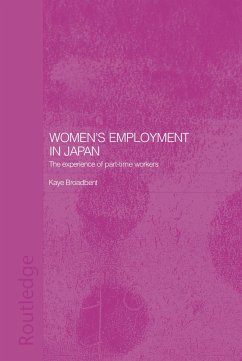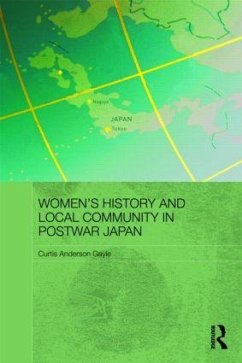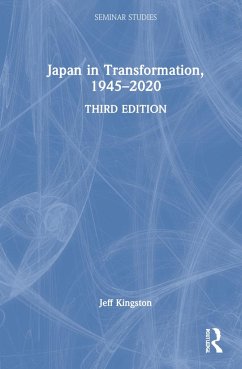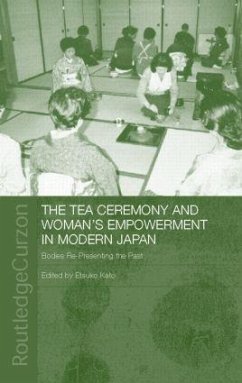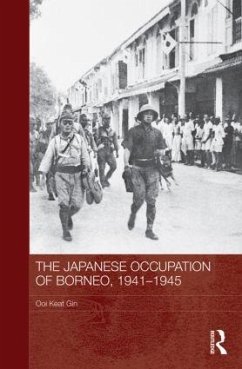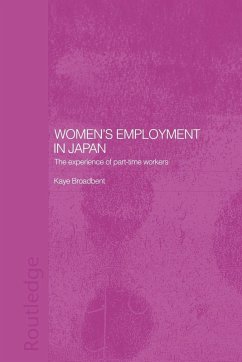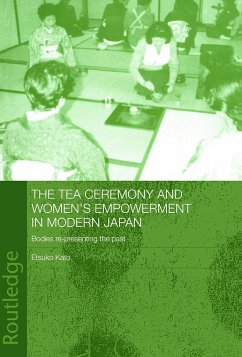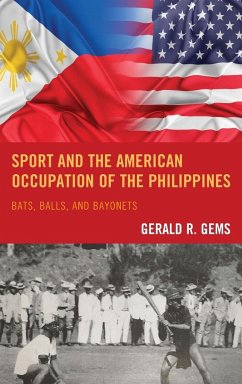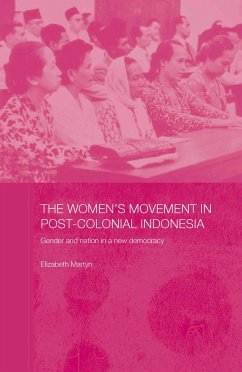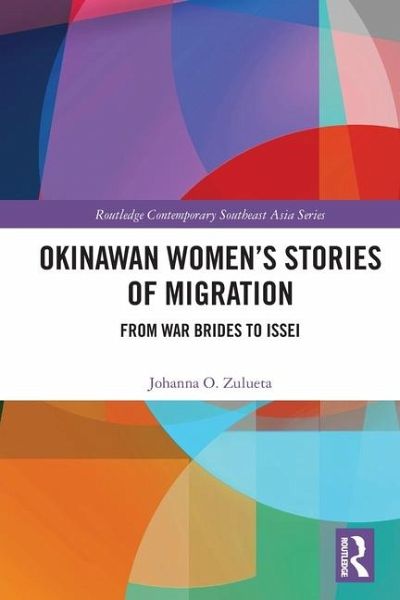
Okinawan Women's Stories of Migration
From War Brides to Issei
Versandkostenfrei!
Versandfertig in 1-2 Wochen
54,99 €
inkl. MwSt.
Weitere Ausgaben:

PAYBACK Punkte
27 °P sammeln!
The phenomenon of "war brides" from Japan moving to the West has been quite widely discussed, but this book tells the stories of women whose lives followed a rather different path after they married foreign occupiers. During Okinawa's Occupation by the Allies from 1945 to 1972, many Okinawan women met and had relationships with non-Western men who were stationed in Okinawa as soldiers and base employees. Most of these men were from the Philippines. Zulueta explores the journeys of these women to their husbands' homeland, their acculturation to their adopted land, and their return to their nati...
The phenomenon of "war brides" from Japan moving to the West has been quite widely discussed, but this book tells the stories of women whose lives followed a rather different path after they married foreign occupiers. During Okinawa's Occupation by the Allies from 1945 to 1972, many Okinawan women met and had relationships with non-Western men who were stationed in Okinawa as soldiers and base employees. Most of these men were from the Philippines. Zulueta explores the journeys of these women to their husbands' homeland, their acculturation to their adopted land, and their return to their native Okinawa in their late adult years. Utilizing a life-course approach, she examines how these women crafted their own identities as first-generation migrants or "Issei" in both the country of migration and their natal homeland, their re-integration to Okinawan society, and the role of religion in this regard, as well as their thoughts on end-of-life as returnees. This book will be of interest to scholars looking at gender and migration, cross-cultural marriages, ageing and migration, as well as those interested in East Asia, particularly Japan/Okinawa.





